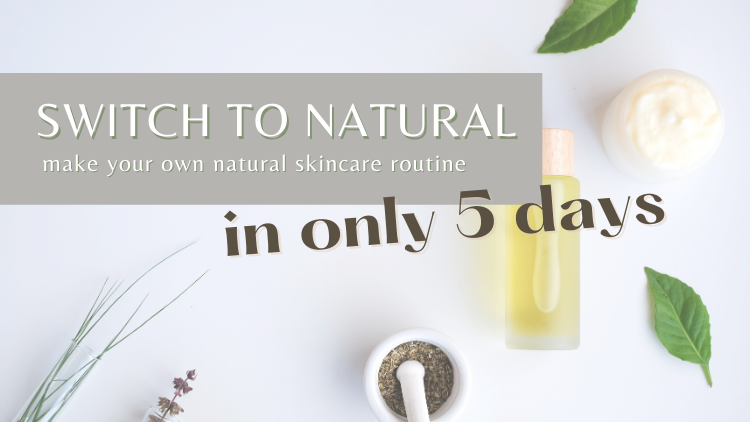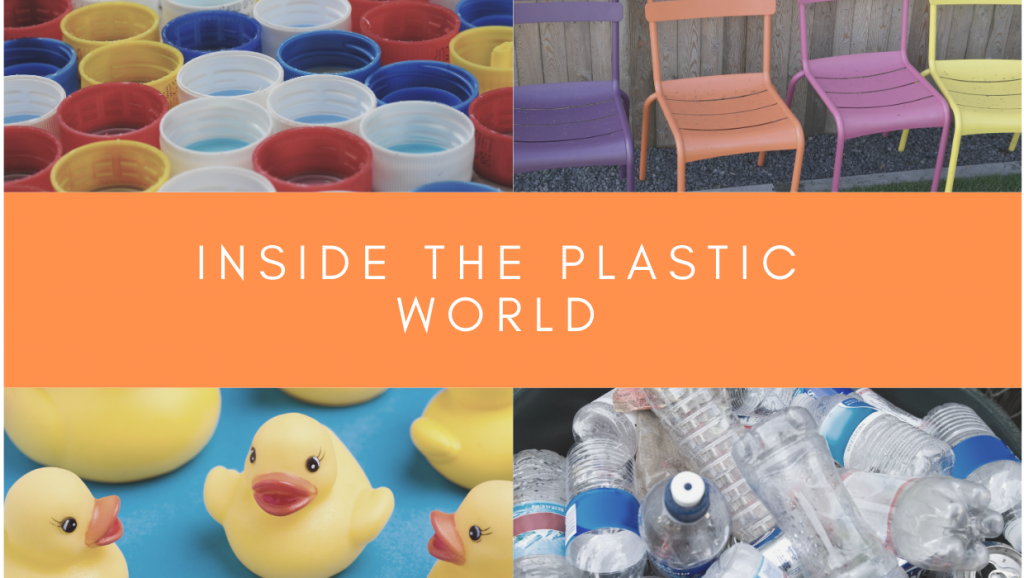Hello everyone, today I decided to write a post that explains another thing that we should consider when buying a product! Plastic codes!
Which plastic is used for packaging?
We all know that plastic is everywhere even where it shouldn’t be, even in oceans or on top of the mountains! Reducing the amount of plastic is becoming so important that each of us MUST do something to help the planet! On one hand, selecting solid shampoos or hand soap bars would completely eliminate the problem. On the other hand, not all products offer a plastic-free option. In case plastic is used as packaging, we should recycle it.
Plastic bottles, kids’ toys, furniture, clothes are just a few examples of items that are made of plastic. Plastic is not unique. It doesn’t exist a molecule called “Plastic” and it cannot be treated in the same way. In order to know exactly which kind of plastic you are buying, you should know plastics are grouped into 7 subclasses (here the EU directive). This post will help you distinguish them.
Plastic Codes
Plastics that can be recycled can be melted and shaped to acquire a new form. This characteristic is called thermoplastics. Each class is represented with a code from 1 to 7. It is printed on the backside of the packaging to help the consumers.
The classes are:

- Polyethylene Terephthalate (PET)
- High-Density Polyethylene (HDPE)
- Polyvinyl Chloride (PVC)
- Low-Density Polyethylene (LDPE)
- Polypropylene (PP)
- Polystyrene (PS)
- Other
Plastic-type: meaning of plastic codes
- PET has normally used as plastic bottle codes and it could be easily recycled. Sometimes the plastic bottle cups are made of another kind of plastic, the HDPE. The LDPE is produced to make plastic bags or food packaging, bottles, etc.
- PVC is instead used for industrial applications for example to produce tubes. It could be recycled by specific companies. Here a map of the waste disposal companies in Germany.
- PP could be also a good material for cosmetic containers.
- PS is well known as polystyrol. It is used for food packaging, fast food containers, etc.
- The 7th class is called “Other” and includes any plastic that is not specified in the previous classes or is made of a combination of some of them. In this class, we find nylon, polycarbonate, and other conventional plastics but also bioplastics that comprise plastic materials as biobased, biodegradable, or both (read here to know more). Here we could open another interesting topic about bioplastic but it is not the aim of this post. 🙂
Plastic codes | Considerations
Plastics that are often used for beauty products are 2-4-5 and 7. If I can’t make them at home and have to buy face creams or shampoos, I’m very careful to choose not only products with great ingredients but also with 100% recyclable packaging. I’m trying to buy only products with packaging made of plastic classes 2-4-5 or better without packaging to avoid the problem from the source. This because I’m sure that I can recycle the packaging once the product is finished. In the case of plastic #7, I’m not so sure.

Plastic class 7 is a bit controversial. This class of plastics includes, for example, biodegradable plastics but also mixes of plastics. As you can easily guess, biodegradable plastics will require different methodologies than mixed plastics to be recycled. On the other hand, a mix of plastics will be difficult to separate from each other and recycle without any trace of contamination.
For these reasons, I personally tend to avoid using packaging that carries plastic code 7, because I am not sure if they can really be recycled. If your beauty product has plastic code 7 on its backside, try to get more info from the company before throwing it away.
Be very careful to choose your products wisely. When we choose a product, we’re not just choosing its ingredients or brand. It would be better to also choose the one that also has less impact on the environment. Let’s choose products with 100% recyclable packaging and possibly that are not made of multi-materials. Check out this blog post of mine, where I described what few cosmetic products I buy that adhere to my philosophy.
Hey, don’t miss my FREE natural skincare challenge! Grab it now!!

If you like my content, help me with a small donation. With your support, I would like to buy new ingredients and create original healthy beauty products! Thank you :).
Gabi

